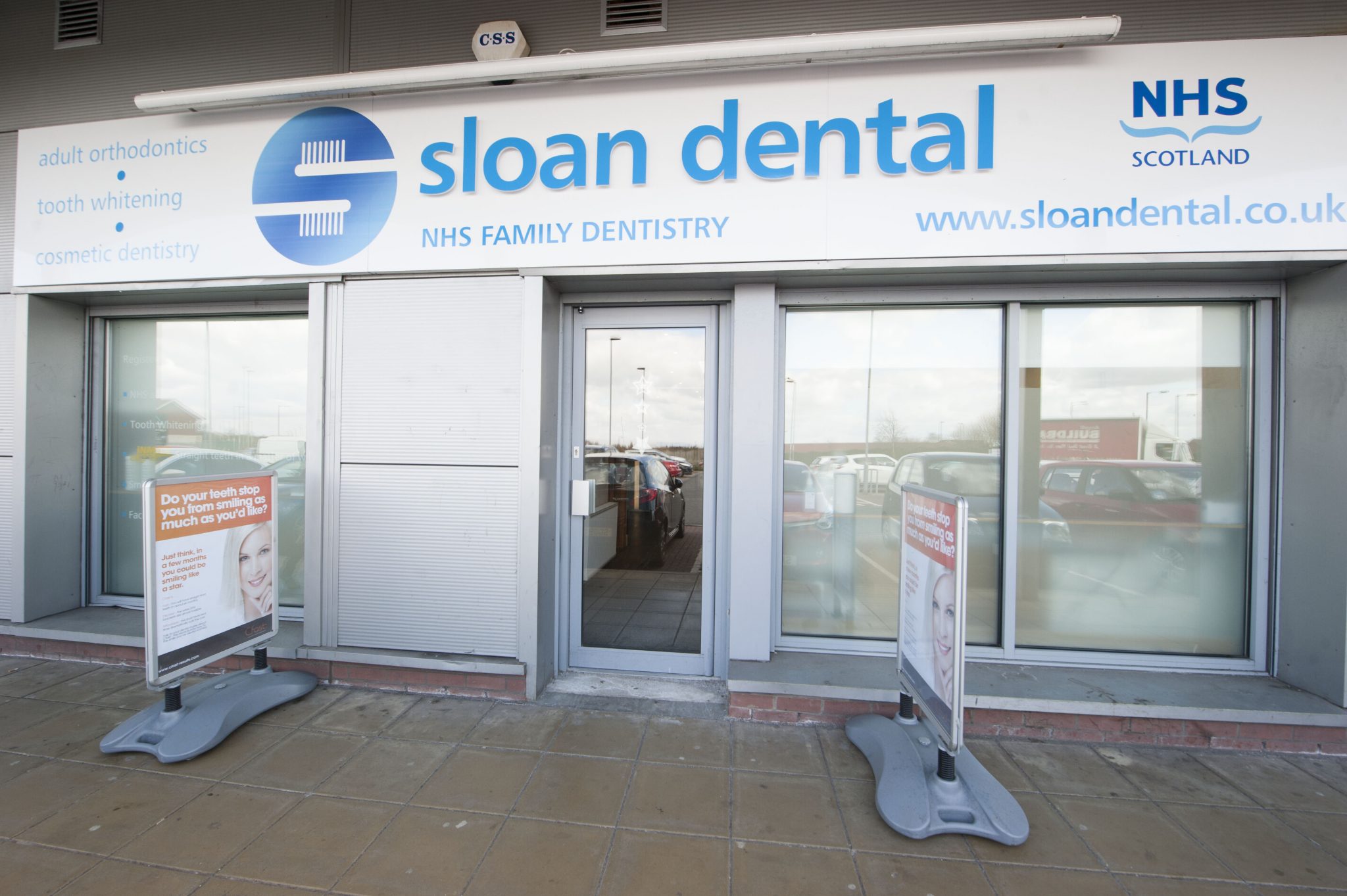Orthodontics is a journey, often lasting months, if not years. But patients are usually more interested in the destination. They want to see results, and they want to see them fast.
Tools like the Invisalign iTero scanner and smile assessment can help you to visualise the results. Seeing the results will often help to keep patients on track with their treatment. But it often isn’t until the first signs of movement that patients start to believe. So a question we hear often when fitting braces is: how fast do teeth move after braces?
Patients always want to know how soon they can expect to see results. Not necessarily the final results, but just a clue that their orthodontic treatment is actually doing something. Once patients see these early results, they are more inclined to stick with the treatment and wear their aligners.
How fast do teeth move after braces?
In general, you can expect to see some noticeable movement from around two months into the treatment. Some people notice it much sooner, and it could be as little as four weeks after you start wearing your aligners.
See our free guide to straight teeth to learn more about treatment options, payment plans and common concerns.
Why does it take so long?
Every orthodontic treatment is different, but one thing always remains the same. When applying force to move the teeth into the correct alignment, it’s important not to move the teeth too quickly.
More force is required to move teeth quickly, and this will make the treatment more painful. Moving the teeth too quickly is also not advised as the supporting bone won’t have enough time to adapt and provide sufficient support. When teeth move too quickly, patients can also suffer from root resorption, which can lead to tooth loss.
This doesn’t mean that a “fast” orthodontic treatment plan is riskier. When treatment plans offer quicker results, it is often because it is only designed to treat a few teeth rather than the whole mouth. When aligners only need to address the front six teeth it’s possible to achieve results much faster. Read more about the fastest way to straighten your teeth in our recent blog.
Do braces make your teeth worse at first?
Some patients panic in the early stages of treatment as they are concerned that the movement makes their teeth look worse. This is completely normal and to be expected. Every orthodontic journey happens in stages, so you can’t judge the treatment until you have seen the final results.
During the first six months of your treatment, your teeth may feel very strange. Your body is very good at adjusting to situations. So misaligned teeth will drift into the optimum position for chewing. As we start to address this and move the teeth into the correct alignment, it can look and feel quite strange. Even after you’ve had your braces removed, you can expect your teeth to “settle” into a new optimum position.
How long do your teeth hurt when you first get braces?
Pain shouldn’t be a reason to avoid orthodontics, as it is a minor aspect of the treatment journey. Patients typically experience pain in the first week of treatment. You might experience some soreness in your teeth and gums as you get used to the treatment.
If you are using Invisalign or any other removable aligner, you mustn’t take them out when you feel discomfort. This will derail your treatment and could make it last even longer.
If you feel discomfort during your treatment, taking Paracetamol or Ibuprofen should help control any pain. If you’re in a lot of pain, it’s time to head back to your dentist to make sure everything is okay.
Next steps?
Ready to start your orthodontic journey? The pandemic has led to increased waiting times for NHS orthodontics, so private treatment is the best option if you want your teen to enjoy beautifully aligned teeth. We’re also helping more adults than ever before to achieve a straighter smile. Get in touch today to find out more about Invisalign in Glasgow.



